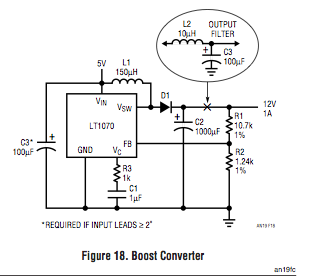The weather was finally nice enough to commute to work this week on my Piaggio Boxer EV with Prius NiMH batteries.
Here's the data from my CycleAnalyst:
| Run #1 1.18 (To) | Run #2 1.18 (From) | Run #3 1.19 (To) | Run #5 1.20 (To) | |
|---|---|---|---|---|
| Distance | 5.2 km | 4.85 km | 4.21 km | 4.19 km |
| Efficiency | 45.1 Wh/km | 39.2 Wh/km | 42.2 Wh/km | 47.6 Wh/km |
| Energy used | 234.23 Wh | 189.87 Wh | 176.92 Wh | 199.03 Wh |
| Charge Used | 5.90 Ah | 4.28 Ah | 4.01 Ah | 5.01 Ah |
| Max Amps | 106 A | 101 A | 91 A | 101 A |
| Average Speed | 20.6 km/h | 23.3 km/h | 24.8 km/h | 24.1 km/h |
| Max Speed | 36.6 km/h | 40.3 km/h | 39.0 km/h | 36.6 km/h |
| Starting voltage | --- | 49.9 | 50.2 | 47.2 |
| Ending voltage | 43.8v | 45.9v | --- | 44.2v |
| Run time | 15 min | 12:30 | 10:10 | 10:24 |
My commute is slightly uphill on the way to work and downhill on the way back, which accounts for the difference in energy efficiency going to and from work.
The bike feels much lighter than with the SLAs and faster too (even with the gear reduction) so I have to say it's an unqualified success. I just hope I can get good life out of these batteries.
After Run #4, I was in a rush and so I put the charger on and went to a talk and then came back. About 3 hours had passed and the charger had over charged the batteries. It actually wedged the battery holder apart. So I'm worried now that my batteries will be weakened -- even though most of the bulging has subsided.
I reinforced the battery holder this morning and we'll see how it holds up.



Recent Comments